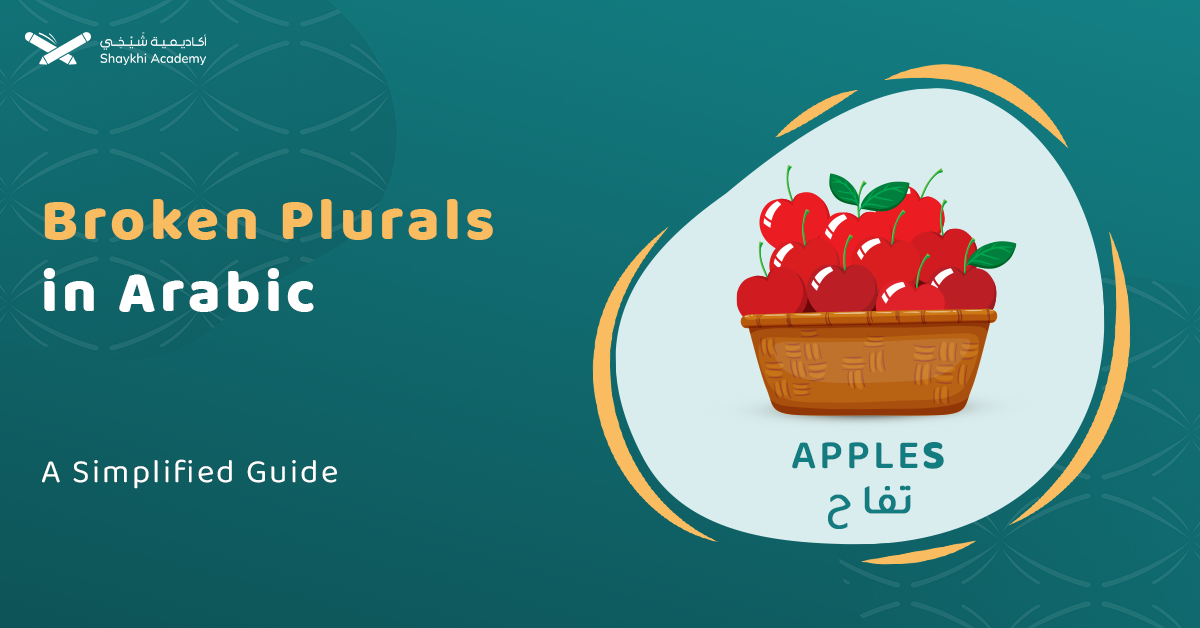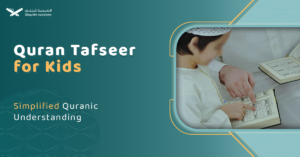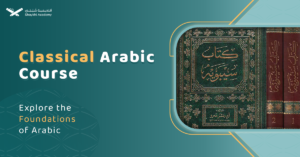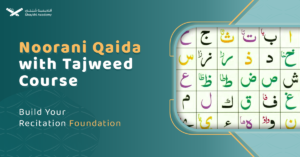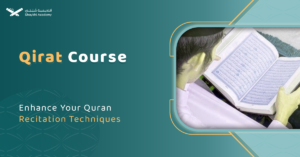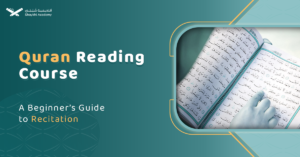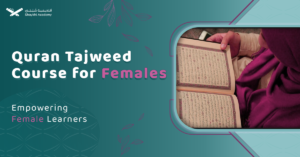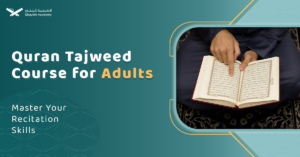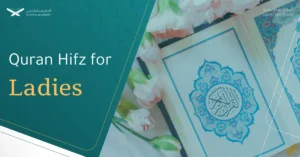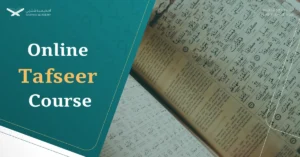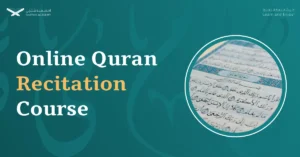The broken plural is one of the basic rules of the Arabic language. In general, the plural in Arabic is one of the most important rules that we must learn if we want to master the Arabic language and pronounce it.
The plural in the Arabic language is divided into three types: the sound masculine plural, the sound feminine plural, and both of them we explained in detail here. As for the third type, it is the broken plural which differs significantly from the regular plural found in other languages. This article will explore the different aspects of the broken plural, including the rules for forming it, the types of which is the focus of our discussion in this article.
What is the Arabic Broken Plural?
The broken plural in Arabic is a type of plural that is formed by changing the original structure of a singular noun, as opposed to following a regular pattern like the sound masculine plural or the sound feminine plural.
The word “broken” refers to how the original structure of the word is “broken” and rearranged to create the plural.
This type of plural has many forms (weights), and there is no single rule for its formation, so it requires memorization in order to be able to recognize it at many times.
Types of Arabic Broken Plural
The broken plural in Arabic is divided into four kinds: The Plural of Fewness (جمع القلة), and the Plural of Abundance (جمع الكثرة), What are they?
Arabic broken plurals fall into two main categories: the Plural of Fewness (جمع القلة) and the Plural of Abundance (جمع الكثرة). The Plural of Fewness typically ranges from three to ten and features over 30 distinct patterns, such as “غرفة” to “غرف.”
The Plural of Abundance is used for larger numbers and follows other specific templates, like “بحر” to “أبحر.” These forms enrich Arabic’s linguistic diversity and provide deeper insights into its structure.
1- The Plural of Fewness (جمع القلة)
Plural of paucity is the plural that is not less than three and exceeds ten. This type has many weights and formulas that exceed thirty weights. The well-known standard ones are twenty-three, which are as follows:
A. فُعْل Fu`l:
It is consistent in every masculine singular on the weight of “أَفْعَل” or feminine on the weight of “فَعْلاء” on the condition that the singular in both cases is derived and denotes a color or defect, such as: redأحمر and حمراء: and the plural is حُمْر.
B. فُعُل Fu`ul:
It is measured in the description that is on the weight of “فَعول” with the meaning of فاعل, such as: patient صَبور, and the plural is صُبُر. This weight is measured in every masculine or feminine quadrilateral noun that has a long vowel before its lam ل, such as: عماد, and the plural is عُمُد.
C. فُعَلFu’l:
It is used in the noun with the pattern “فُعْلَة” such as: room غُرفة and the plural is غُرف, and it is also used in the description with the pattern “فُعْلى” feminine “أفعل” such as: كُبرى and the plural is كُبَر.
D. فِعَلFi’l:
It is used in every complete noun with the pattern “فِعْلة” such as: كسرة and the plural is كِسَر.
E. فُعَلَةFu’lah:
It is used in every description of a rational male with the pattern فاعل with a weak lam ending with يya or وwaw such as: رامٍ and the plural is رُمَاة.
F. فَعَلَةFa’lah:
It is used in every description with the pattern فاعل for a rational male with a sound lam such as: كامل and the plural is كَمَلَة.
G. فَعْلَىFa’la:
It is used in every description that indicates an emergency affliction such as death or pain and includes seven types of weights, which are (فَعِيل -فَعِيل – فَعِل – فاعل – فَيْعَيل – أَفْعَل – فَعْلَان) Example: صريع and the plural صَرْعَى, which is in the weight “فَعِيل “
H. فِعَلَةFi’lah:
It is used in every sound noun with the weight “فُعْل” such as قُرْط and the plural is قِرَطَة.
I. فُعَّل Fu’a’ll:
It is used in every description with the sound Lam لwith the weight “فاعل” or “فاعلة” such as قاعد and the plural is قُعَّد.
J. فُعّال fu’aal:
It is used in every description with the sound Lam ل for a masculine with the weight “فاعل” such as صائم and the plural is صُوّام.
K. فِعَال Fi’aal:
It is used in many weights of words, and examples of this weight include: كلب and the plural is كِلَاب.
L. فُعُوْلFu’ul:
Such as كَبِد, plural كُبُود.
M. فِعْلَان Fi’laan:
Such as غُلام, plural غِلْمان.
N. فُعْلَان Fu’laan:
Such as ظهر, plural ظُهْران, and بلد, plural بُلْدان.
O. فُعَلاء Fu’laa:
Such as صغير, plural صُغَراء.
P. أفْعِلاء Af’ilā:
It is used in every description with the pattern “فعيل” if the lam is weak or doubled, such as: عزيز, plural أعزّاء.
Q. فَوَاعِل Fawā’il:
It is used in the patterns of the second of which is an extra alif أ or a waw و not attached to the quinqueliteral, and the patterns are: “فاعلة وفَوْعل وفاعِل وفاعِلَاء” such as: جوهر, plural جواهر.
R. فَعَائِل Fa’a’il:
It is used in every quadrilateral, whether it is a noun or a feminine adjective, verbally or semantically feminine, with a third long vowel, such as: سحابة, plural سحائب.
S. فَعَالِيFa’a’ali:
Such as صحراء, plural صحارٍ.
U. فَعَالَى Fa’a’ala:
Such as صحراء, plural صَحَارَى, and كسلان, plural كَسَالَى.
V. فَعاَليّFa’a’ali:
It is used in every trilateral with a silent ع, at the end of which is a double ي following the three letters, such as: كرسي, plural كراسي.
W. فَعَالل Fa’a’alil:
It is used in quadrilateral and quintiliteral, such as: جعفر, plural جعافر, and وسفرجل, plural سفارج.
X. شبه فَعَالل Semi-Fa`alil:
These are weights for the plural of plurals. These weights are similar to the previous formula “فعالل” in the number of letters and in their sukoon or vowel marking, even if the vowel is different in type between the two, leading to a difference in the morphological weight.
It includes many formulas, including مفاعل, such as منابر, فعائل, such as صحائف, فياعل, such as صيارف, أفاعل, such as أكابر, and فعاعل, such as سلالم.
2- Plural of Abundance (جمع الكثرة)
The plural of paucity is the plural that is not less than three and not more than ten and has four standard weights explained as follows:
A. أفْعُلAf’ul:
It comes in every singular noun “not an adjective” on the weight of ” فَعْل” with a sound ع and not و and is not doubled, such as: بحر and the plural is أبحر. Likewise, it is measured in every feminine quadrilateral noun with a moral feminization before its last letter with a long vowel; such as: عُقاب and the plural is أعْقُب.
B. أفْعَالAf’al:
This weight is measured in everything in which the previous weight is not measured; such as: ثوب and the plural is أثواب.
C. أفْعِلةAf’ilah:
It is standard in every singular noun that is not an adjective, masculine, quadrilateral, and before its last letter is a long vowel; such as: طعام and the plural is أطعمة. Likewise, it is measured in every noun on the weight of: فِعال or فَعَال if the ع and ل of each of them are of the same gender, or its ل is a vowel; Towards: زِمام, plural أزمة, and قباب, plural أقْبِية.
D. فِعْلَة Fi`lah:
It is limited to hearing, and it has been said about it: It is a collective noun that has no plural; due to its lack of consistency; such as: ولد, plural وِلْدة, and فتى, plural فِتْية.
What is the difference between the sound feminine and masculine plural and the broken plural?
There are fundamental differences between the three types of plurals in the Arabic language as follows:
Sound masculine plural
It consists of adding waw and noon or ya and noon to the end of the singular noun, and its inflection changes in the accusative and genitive cases to ya and noon.
It refers to rational masculine nouns only.
Sound feminine plural
It consists of adding alif and ta to the end of the singular noun, and its inflection changes in all cases to alif and ta.
It includes rational and irrational feminine nouns.
Broken plural
The form of the singular noun changes, and it is pluralized into a broken plural, and its inflection changes in all cases according to the general rules of inflection.
It includes rational and irrational masculine nouns.
What is the rule for parsing the broken plural?
The broken plural is parsed with the original signs, and is treated like a singular noun; that is, it is raised with a damma, such as: “The students returned عاد الطلابُ “, and is accusative with a fatha, such as: “I saw the students رأيت الطلابَ “, and is genitive with a kasra, such as: “I passed by the students مررت بالطلابِ “
After learning all the details about the broken plural in the Arabic language, you may now wonder how I can learn the broken plural and practice it, so let me answer you.
How Can I Learn about the Broken Plural in Arabic?
Simply put, the Arabic learning course from Shaykhi Academy is your ideal destination!
Plural is one of the rules of the Arabic language, and one of its most important rules. In order to master its understanding and practice, you can register for the Arabic language course provided by Shaykhi.
This course is characterized by:
1- Arab teachers:
That is, you get the information from its native speakers who speak Arabic as a mother tongue.
2- Female and male teachers.
This certainly gives you comfort during the classes and increases your ability to learn in a suitable environment.
3- Flexible times:
You can set the schedule that suits your free time so that you can get the course without
affecting your workflow.
4- Reasonable prices
Shaykhi Academy guarantees you reasonable prices for all categories, and we also provide you with periodic offers and a free first session.
What are you waiting for? Register now and get it!
Master Arabic with Shaykhi Academy: Your Gateway to Fluency!
Are you eager to learn Arabic from the comfort of your home? Shaykhi Academy offers you the perfect opportunity to master Arabic, whether for Quranic studies, daily communication, or advanced understanding.
Why Shaykhi Academy?
- Expert Native Tutors: Learn from highly qualified native Arabic speakers.
- Flexible Scheduling: Tailor your classes to fit your busy life.
- Affordable Learning: Access top-quality education at a price that suits you.
- Global Access: Study from anywhere in the world.
Explore Our Arabic Courses:
- Noorani Qaida: Build a strong foundation in Quranic Arabic.
- Comprehensive Arabic Courses: Master the Arabic language, from beginner to advanced levels.
- Fusha Arabic Classes: Delve into Modern Standard Arabic, the key to understanding literature, media, and formal communication across the Arab world.
- Quranic Arabic Course: Enhance your connection with the Quran by learning the language in which it was revealed.
Start Your Arabic Journey Today! Whether you’re just starting or looking to deepen your knowledge, Shaykhi Academy is here to support your journey. Book your free trial now and begin your path to Arabic mastery!

Conclusion
The broken plural is one of the types of plurals in the Arabic language, which is distinguished from the sound masculine plural and the sound feminine plural by a number of characteristics, the most prominent of which is that it changes the basic structure of the word, unlike both types. This type also includes a large number of weights according to each type, whether it is a plural of paucity or a plural of abundance.
